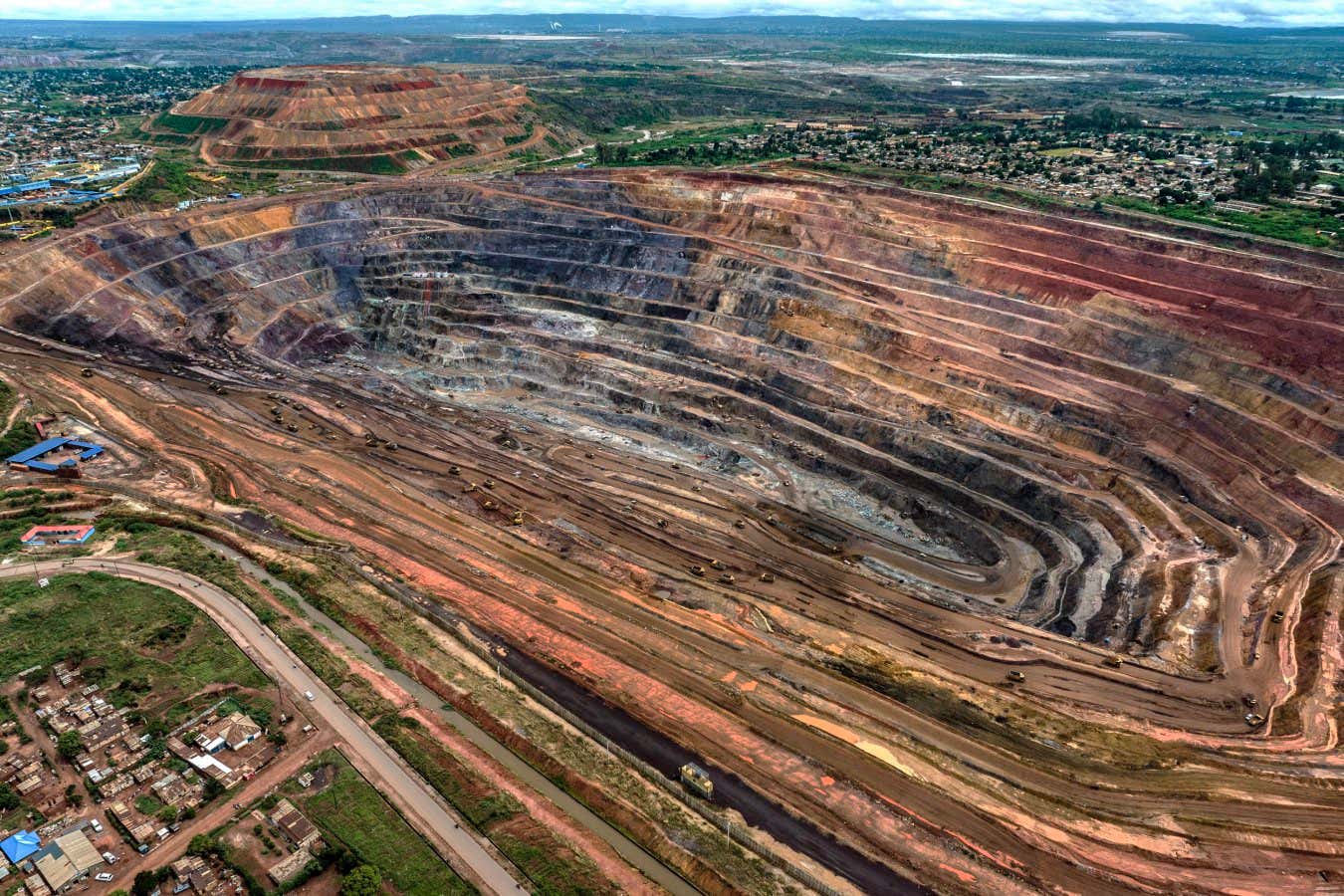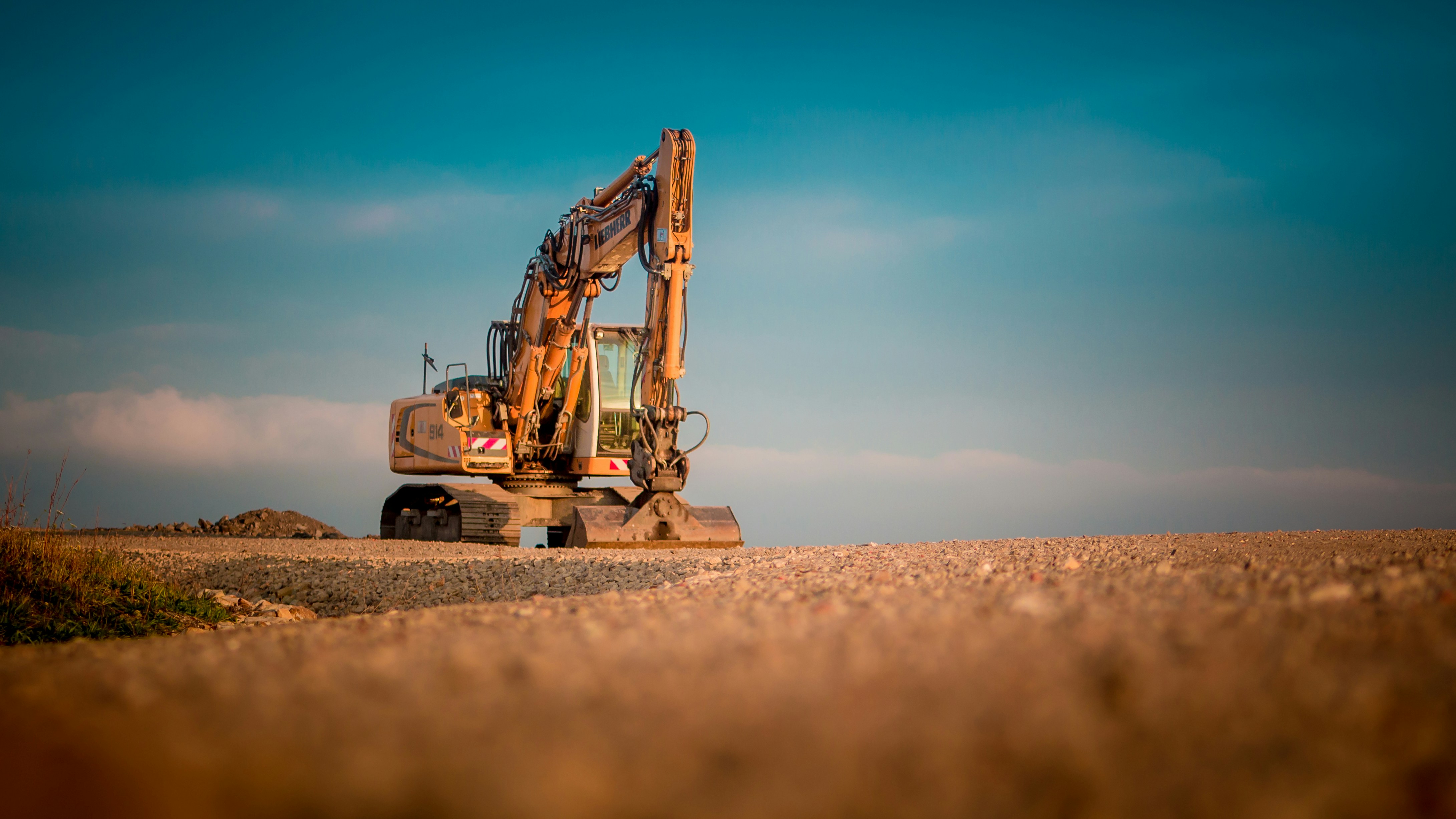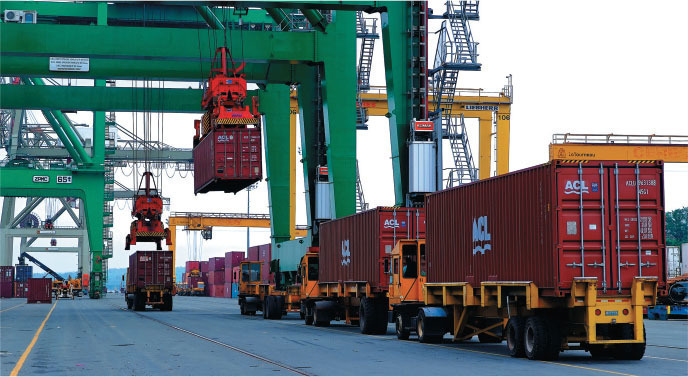Tailings Recovery
Tailings Recovery

REDISCOVERING VALUE: SECOND LIFE FOR OLD MINES
Across several sites in sub-Saharan Africa, a group of industry specialists has embarked on an ambitious and technically sophisticated initiative: the reassessment and reprocessing of legacy mining waste - specifically, copper and cobalt tailings left behind by now-defunct operations. These residues, often discarded decades ago, are being revisited through a modern lens, thanks to advances in extractive technology and a sharp rise in demand for strategic metals. The targeted locations, originally mined in the 1970s-1990s, host vast tailings fields containing substantial residual metal content, once considered uneconomical to process. Today, with advanced mineralogical analysis and enhanced hydrometallurgical recovery methods, these materials are becoming viable sources of copper and cobalt. Using a combination of drone-based topographic surveys, portable XRF scans, and lab-based flotation and leaching tests, the team has verified economically recoverable metal concentrations averaging 1.1% Cu and 0.18% Co, with significantly lower extraction costs compared to primary ore mining.
FROM WASTE TO WEALTH: MODELING, PROCESSING, AND ECONOMIC RETURN
Following confirmation of residual value, the team developed a full-scale reprocessing strategy - including tailings rehandling, slurry transport, and modular processing plant design. The engineering focus was on low-footprint, mobile equipment that could be deployed close to the waste sites, minimizing civil infrastructure needs. Several processing flowsheets were tested at pilot scale, including bioleaching and solvent extraction-electrowinning (SX-EW), with optimization geared toward energy efficiency and environmental performance. Economic modeling, supported by real-time assay data, revealed a promising profile. For one of the key sites, projections indicate a 10-year operational window, with annual recovery of thousands of tones of copper and cobalt, all from material previously classified as "waste." The project’s Net Present Value (NPV) under base-case pricing exceeds hundreds million US dollars, with a low CapEx-to-output ratio and short payback timeline. In many respects, the economics outperform traditional hard-rock mining, given the reduced drilling, blasting, and haulage costs.

STRATEGIC METALS, SUSTAINABLE METHODS
This project stands at the intersection of circular economy thinking and strategic resource development. As the global energy transition accelerates, copper and cobalt are becoming essential inputs for batteries, renewable energy systems, and electric transport. Recovering these metals from waste streams represents not only technological progress, but also a shift in mining philosophy - from exploitation to restoration.
Located near legacy transport networks and supported by grid-adjacent energy sources, the sites offer logistical advantages for scaled-up production. The initiative is already attracting attention from international offtakers and ESG-focused investors. If successfully expanded, it could serve as a blueprint for similar reclamation-driven resource strategies across the continent - turning yesterday’s waste into tomorrow’s opportunity.
